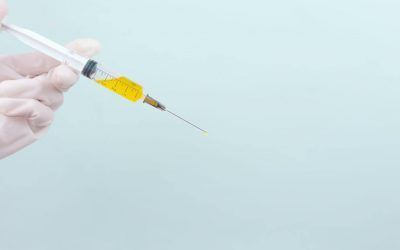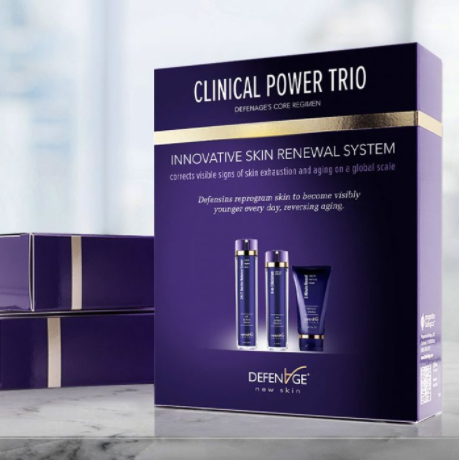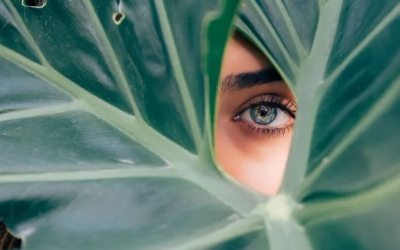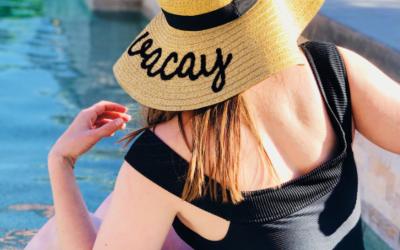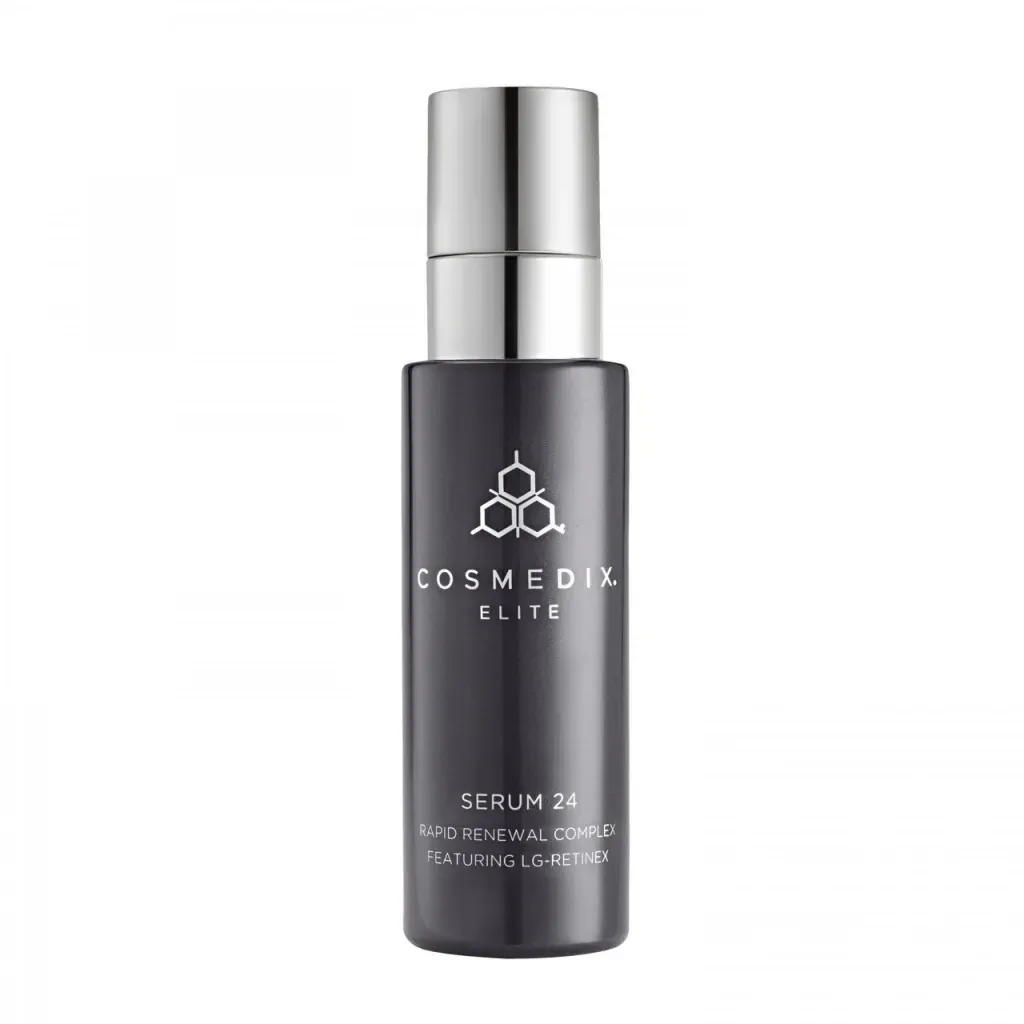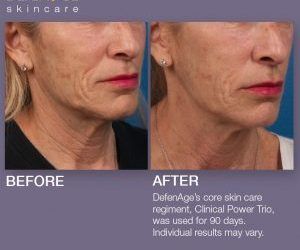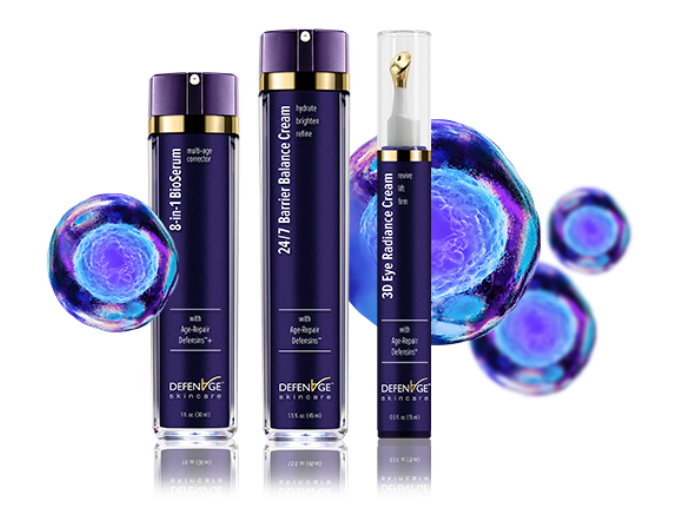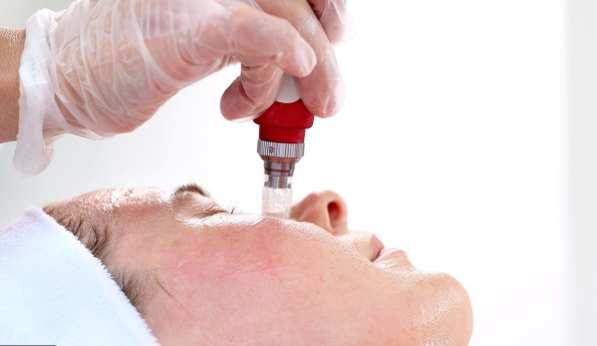Rosacea! It’s complicated
Rosacea is a chronic skin condition that typically affects the face, however, can affect face, neck, chest and other areas of the body. Just about 16 million people are diagnosed annually, and that’s just the folks that go into the physician’s office for help. So I’m guessing it’s more like 18-20 million.
The most common symptoms are blushing, persistent flushing, visible blood vessels in your face, typically in the t-zone of the face (nose, cheeks, chin). Symptoms can often progress into small pimples that resemble acne also known as “papulopustular rosacea”. Moderate symptoms can be a burning sensation to the affected areas then some people can have “rhinophymatous” changes like enlargement of the nose and an orange peel look to the skin. Rosacea of the eyes ,“ocular rosacea”, can cause dry, irritated, sometimes swollen eyelids. Sounds complicated! Right….
There are triggers for your rosacea that can cause flare ups: Red wine, alcoholic beverages, emotions, hot drinks, spicy foods, temperature extremes, certain drugs, exercise, some cosmetic and skin care products. These triggers are very individual and can differ from person to person. The cause is still being disputed but what we do know is that it can be hereditary, it’s not contagious or caused by poor hygiene. Research is leaning on multiple causes; possibly an overactive immune system, environmental, chronic inflammation which leads to the breakdown of the skin barrier, just to name a few as root causes. Breaking that cycle of inflammation, seems to be a key factor in improving rosacea symptoms.
This chronic Inflammation (inflammation over time ) is looking more like a key factor in the rosacea continuum. Decreasing inflammation can be crucial in reducing the overall symptoms related to rosacea. The repeated episodes of facial blushing, flushing, papules, pustules (acne rosacea) can lead, over time, to the skin barrier breakdown thus resulting in a breakdown of the skin’s microbiome.
Here are some things to consider to reduce some of this inflammation.
STEP ONE
Reduce triggers.The sun can be the number one trigger. Reduce sun exposure during peak sunning hours, between 10am-3 pm.
STEP TWO
Maintain your skin barrier with proper hydration and topical antioxidant therapy. Topical antioxidants contain vitamins which help fight free radical damage. Damage is caused by daily exposure to UV rays, pollution, smoke, stress, and years on the calendar. Just with the natural aging process our bodies produce less antioxidants which in turn increases the risk of more serious skin conditions. Daily use of pure vitamin C, properly formulated to absorb into the skin, can protect against damage and strengthen self repair. I like Skin Ceuticals, C E Ferulic, it’s an award winning Vitamin C combination antioxidant serum proven to give environmental protection. It negates free radical damage caused by daily skin vunerabilies (UV rays, pollution, infrared A radiation). It also helps the skin look more youthful.
Hydration, also part of step two, is using a moisturizer daily. For Rosacea patients I like to recommend the Redness Neutralizer by Skin Ceuticals. According to a clinical study, it can help reduce the appearance of redness and flushing up to 30%. It also can help combat environmental triggers, reduces skin temperature, and reinforces the skin barrier. If you are looking for an over the counter product I recommend the La Roche-Posay Toleraine double repair moisturizer. This product also comes with or without sunscreen. Do not put a moisturizer with sunscreen on before bed. Always wash your face with a gentle cleanser before bed and then apply a moisturizer without sunscreen. The less chemicals you can put on your face the better.
STEP THREE
Use sunscreen before you walk out the door and always carry a wide brimmed hat in your car or your bag. The wide brimmed hat should be tightly woven so no big gaps or holes in your hat. These two items will be a blessing. Sunscreen should be in a lotion or cream form not a spray or aerosol. Aerosol particles can get into the air you breath and cause issues over time. Take it a step further and wear sun protective clothing when doing any outdoor activities or sports. I like the Coolibar brand and they have fashionable clothing and feel cool on the skin in hot weather. Coolibar.com
STEP FOUR
Start an anti-inflammatory diet so basically a plant based diet. I have to say I have switched to a plant based diet during the week and then on the weekends maybe chicken or a bite of tri tip. What a difference!. No more aches and pains and definitely less facial flushing and redness. Getting enough sleep and exercise will affect your mood, rosacea, and overall health.
I’m not going to get into the ins and outs of a plant based diet, and proper sleep and exercise, that is something you can google and discuss with your primary care physician. I will say it starts with you taking the first steps to a better you. Nobody is going to do it for you. As with all things worthwhile, it takes time, patience and perseverance. Remember, nothing happens overnight.
STEP FIVE
No matter how mild or severe your symptoms are, seek out the help of a dermatologist. Dermatologists treat rosacea daily and are up to date on the most helpful treatments, therapy, topicals, and laser treatments. You will need your treatment to be tailored to your specific needs and that’s where your dermatologist plays a key role, organizing your treatment regime. Remember Rosacea is very individual and symptoms can vary from patient to patient. A dermatologist may start with topicals and prescribe oral medications for acne rosacea ( bumps,pimples) and facial flushing.
When fitting, vascular laser treatments may be used to remove visible blood vessels, and reduce redness. I have been treating patients for about 18 years with laser treatments and they work well and rejuvenate the skin in the process. How it specifically works is the laser emits a wavelength of light that targets hemoglobin (tiny vessels under the skin) the heat causes the vessel to break up. Bye bye broken vessels! It may take more than one treatment depending on the severity and treatments will probably be ongoing. There is no one and done. Rosacea is lifelong and management is key. In severe cases, a CO2 laser may be initiated to remove undesirable tissue and reshape the nose, as in rhinophyma.
I will make a suggestion. When choosing a Dermatology office make sure that office is equipped with the latest technology to help your rosacea needs. At our office we are armed with three different laser systems: Fractionated CO2 resurfacing system, Candela’s Nordly’s multi platform system (IPL/1064 Nd yag/ LHR/ frax 1550/frax 1940) and 532 nm iridex. We can treat up to skin type 5 for specific skin conditions. Just as a rule of thumb, the darker the skin the darker the eyes the harder it is to treat for fear of post inflammatory hyperpigmentation. Skin types 4-6 are always going to be a more conservative treatment regime.
All these lasers come with a big responsibility. Make sure your technician (nurse, PA, MD. etc. ) is certified on these laser systems and has completed a laser safety officer course (LSO) I took Patti Owens course, physics and safety core of knowledge, laser/intense light generation and characteristics, hazards and risks from equipment and laser/ipl beams, laser & intense light source radiation tissue interaction, and relevant legislation and safety standards. www.aestheicmedconsulting.com, info@kenteklasersstore.com or LIA (Laser Institute of America) are good sources, if you are interested. As always, patient safety is number one!!!
Remember to consult with a board certified dermatologist for all your rosacea questions, needs and treatments.
My sources
- Dermatology Times, Jan 17,2022, “Answers to your patients questions on skin care”.
- Dermatology Times, May 25, 2021. “ OTC Skin Care Products Enhance Rosacea Therapy”.
- National Rosacea Society
- The Dermatologist, December, 2017, “Updated Rosacea Classification Pathophysiology System”.

